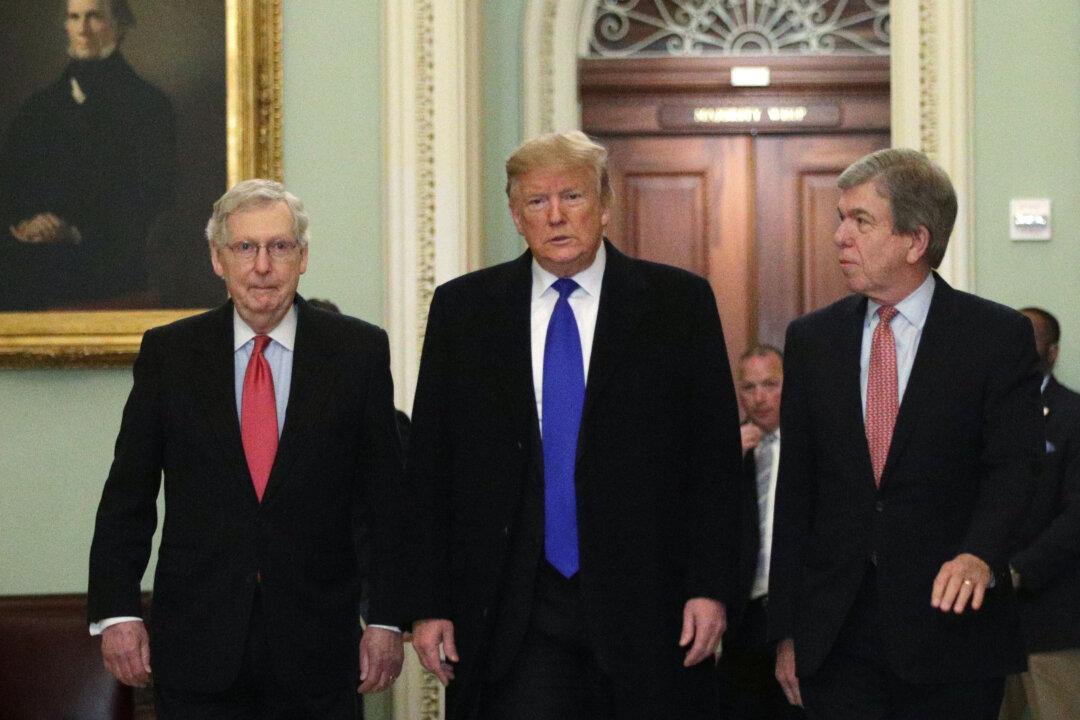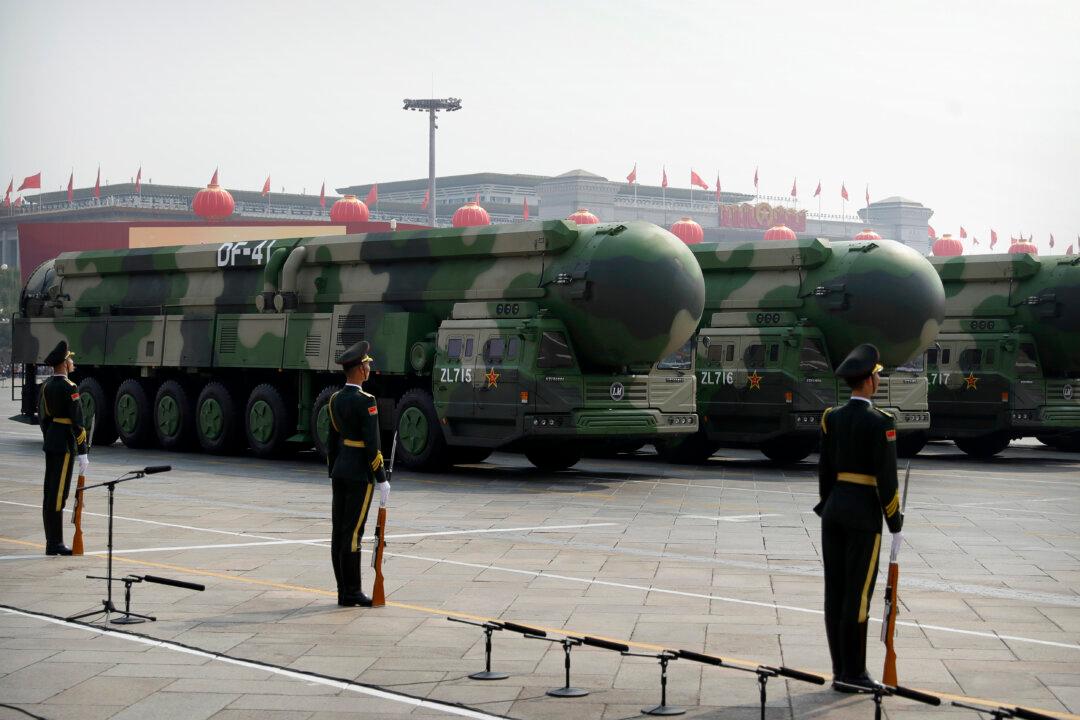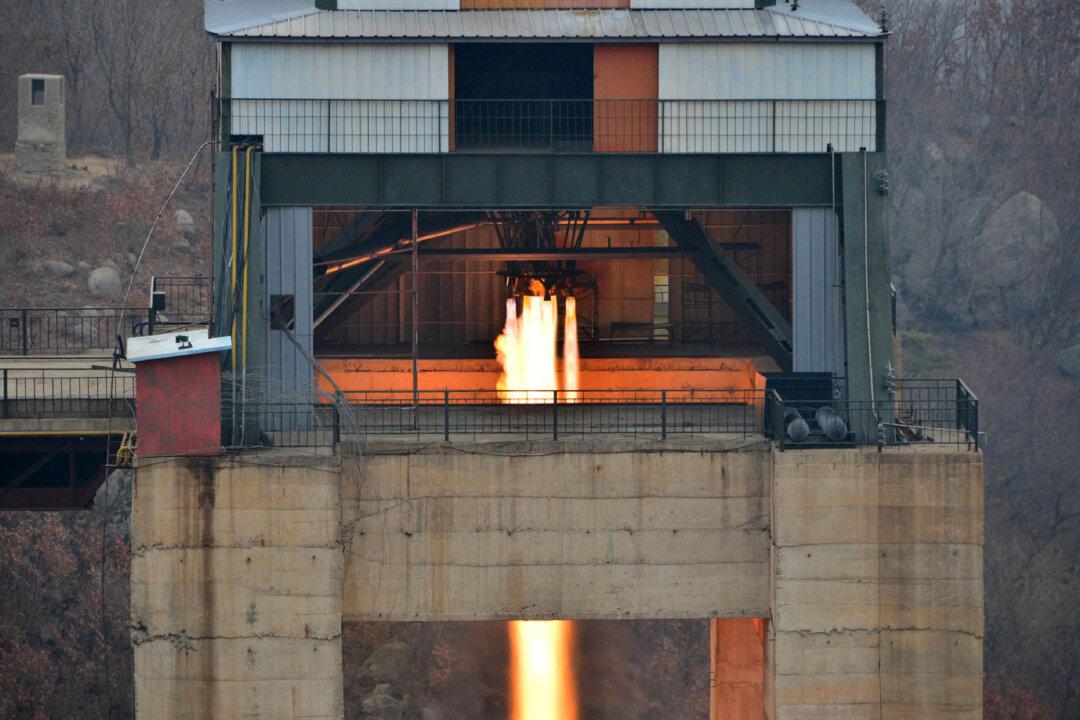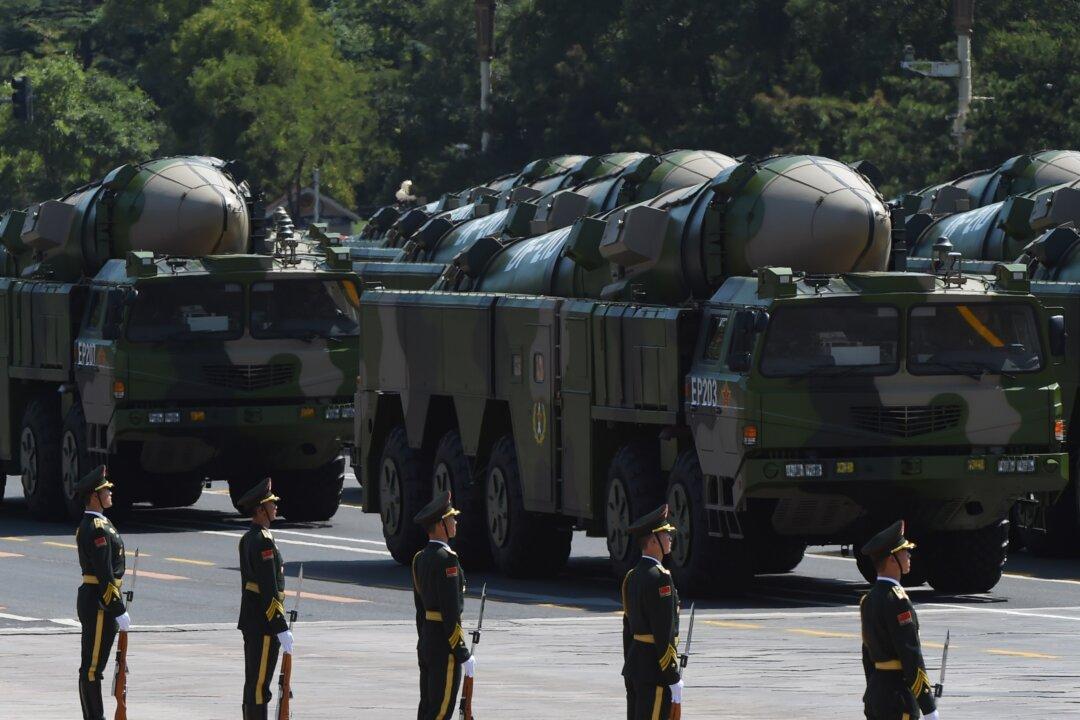President Donald Trump issued an executive order on March 26 to harden America’s critical infrastructure against electromagnetic pulse (EMP) attacks.
Experts from the congressional EMP Commission have long called for such action, warning that an EMP could break America’s electrical grid and result in the eventual deaths of 90 percent of the U.S. population. Such an EMP could occur either from a natural solar storm, or, if an adversary detonated a nuclear bomb high above the United States.





